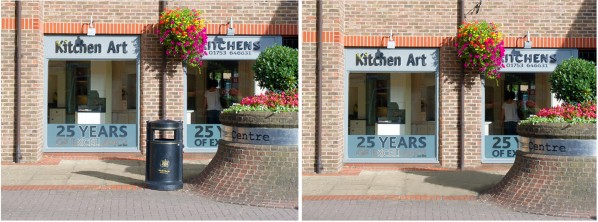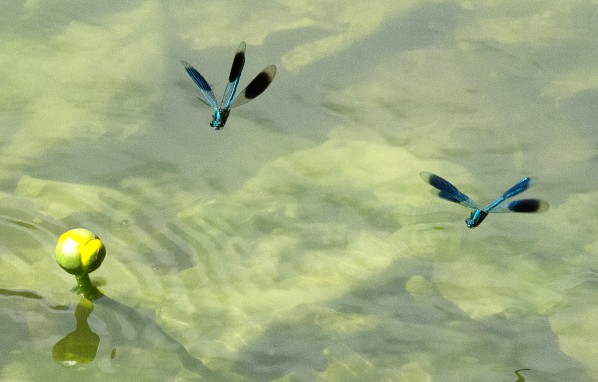Sometimes it can be fun and go out and experiment with a camera. Especially if it’s something you do not usually need to do or know a great deal about in everyday life being a Corporate Photographer in London. I have never actually been asked to capture time laps professionally but wanted to have a play at it just in case someone does!
The old and correct way was using cinematic film and shooting over a period of time and then speeding the whole process up in edit to the desired effect. With digital cameras it’s pretty much the same procedure by taking a sequence of frames and joining them up into a cinematic view in post edit on computer.
I think some of the best ones done are where a camera is positioned and the operator does sequences of perhaps a structure being built or building project that can take a good deal of time but weeks worth of events are crammed into a few minutes of time. Also the ones where there are high skyscraper views over a city and the day turns to night and all the lights come to life on all the buildings. Next time I’m in a hotel on the 25th floor I promise I will do one and share with you.
The process is pretty simple once you have understood how many frames you need for the period of time you want the ‘video’ to run for. One second of time equals 25 frames in video in the UK. So two hundred images will give you an eight seconds clip. Most modern cameras give you a nine hundred and ninety nine frame count in one shoot but this can be overridden and reset. The only problem I have with this method is that you need to stay with the camera as its shooting its sequence on a tripod that is a necessity, because you cannot leave you valuable camera unattended due to theft! The only way this can be done is if you have a safe box that the camera unit is actually locked away in and this in turn is fastened securely to a mounting on site.
Good Luck if you give it a go, this is one I did one breezy afternoon recently just for fun.



